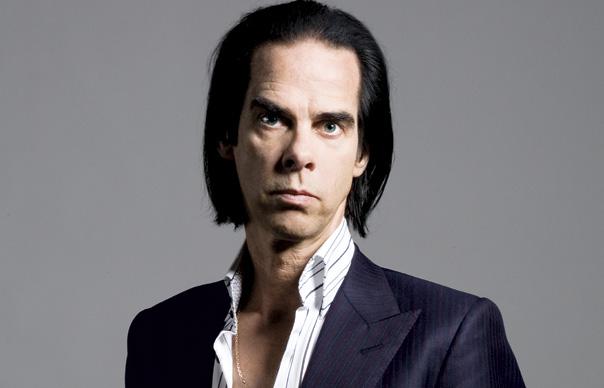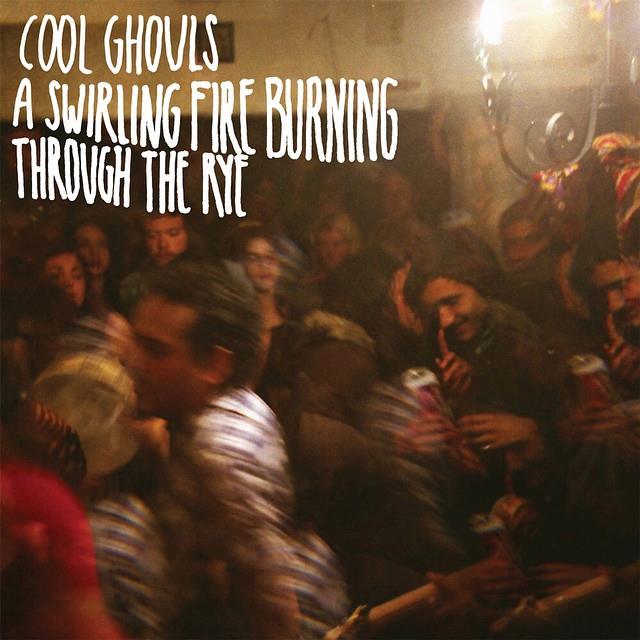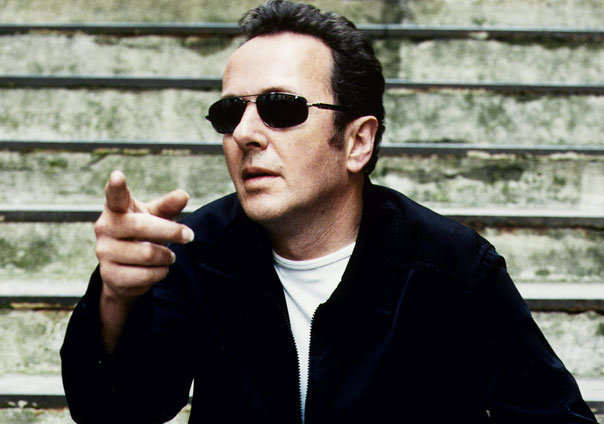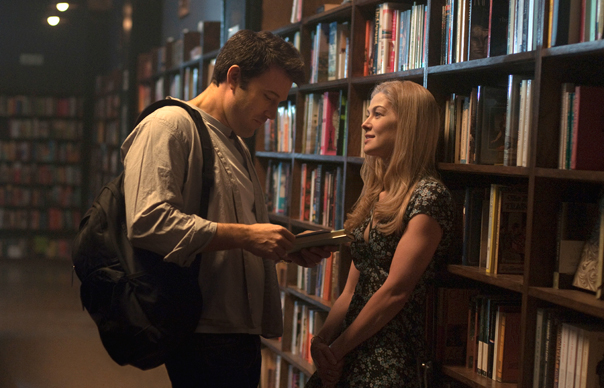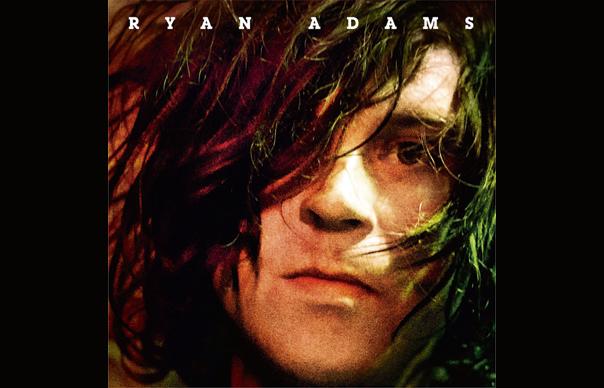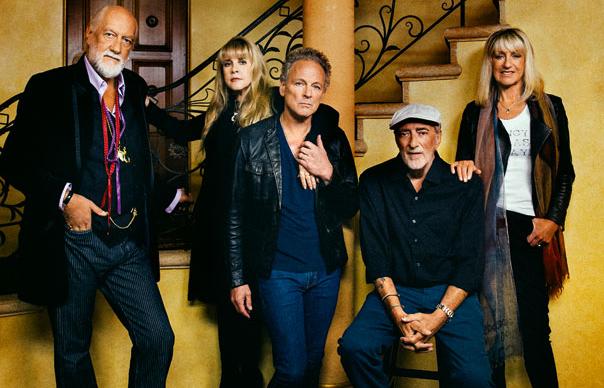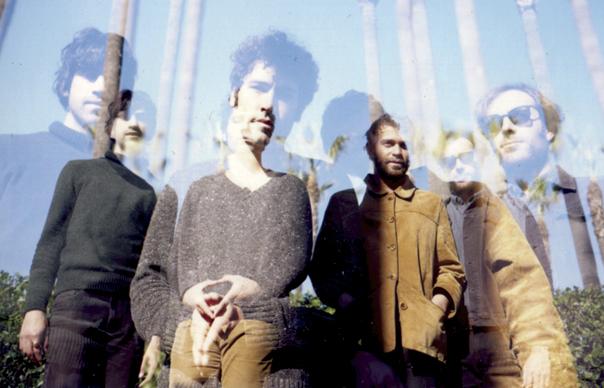Following Belle & Sebastian’s recent announcement that their ninth album, ‘Girls In Peacetime Want To Dance’, is due for release on January 20, 2015 through Matador Records, here’s a piece from the Uncut archives (January 2011, Take 164) in which singer-songwriter Stuart Murdoch, keyboardist Chris Geddes and former B&S singer Isobel Campbell explain how each of their records came to be. “We were like Fleetwood Mac without the drugs,” recalls Campbell…
Words: Garry Mulholland
_________________
TIGERMILK
(Electric Honey, 1996)
Recorded and mixed at Glasgow’s CaVa Studios in just five days, the 10 songs were written in a fever of inspiration following Murdoch’s recovery from Chronic Fatigue Syndrome, a debilitating illness that had wiped out most of his twenties. The band were recruited over cups of tea at the local Grosvenor Café.
Isobel Campbell: I remember everything about working on Tigermilk because I loved it so much. It was like the first flushes of romance. I thought that bands were something that my boyfriends did. We were like a little club and nobody else gave a shit.
Chris Geddes: Everyone in the band was blown away by Stuart’s songs. He’d worked with other people who told him his songs had too many chords or didn’t have choruses. So he was almost scraping the barrel by the time he found us.
Stuart Murdoch: We gelled very quickly on The Left Banke, The Zombies and, probably mostly, Arthur Lee and Love. Those three are key because that’s where we found our shared influences. The engineer Gregor Reid was a really good, steady guiding force and I was a naïve youth. If the songs were about unhappy boys and crazy girls, that was because I was an unhappy boy who would have done anything to be with a crazy girl. I’d got my act together a bit by the time we made the record. But in the period that the songs were percolating, I’d really plumbed the depths. I had plenty of things to get out of my system.
_________________
IF YOU’RE FEELING SINISTER
(Jeepster, 1996)
Despite an initial pressing of just 1000 copies, Tigermilk was hailed as the antidote to Britpop laddism and Belle And Sebastian signed to London indie label Jeepster. Before their debut was completed Murdoch had already written the follow-up – a quietly ferocious set of poetic tales about bookish boys and bohemian girls at odds with the modern world. But the stormy relationship between Campbell and Murdoch was beginning to imitate art…
Geddes: It’s an album about feeling out of step with the world and authority figures, and looking for answers. It’s about uncertainty. It’s probably the strongest set of songs that Stuart – or Stuart and any combination of other bandmembers – ever came up with. But straight after making it we didn’t feel we’d done as good a job as we had with Tigermilk.
Murdoch: The reason it has a cohesion is that the songs were red hot and written in such a short period… the start of 1996 while we were doing Tigermilk. And then we went straight in to CaVa to record them with a group of people who had just come together, and then recorded them, again, in a short period of time. The tracklisting was written before a note was recorded and I knew what the shape of the record was. The trick, then, is that it’s a cohesive thing that adds up to more than the sum of its flimsy parts. I had high ambitions for …Sinister at the time. I was listening to a lot of Carole King and mid-period Joni Mitchell – things like The Hissing Of Summer Lawns and Court And Spark – and I wanted to make a record that approached that level of sound and musicianship. I think we were quite far off. But Tony Doogan was our engineer extraordinaire. He’s one of the heroes of the Belle And Sebastian story.
Geddes: I was more satisfied with the live (If You’re Feeling Sinister: Live At The Barbican, Rough Trade, 2005) record. It’s a better version of that album. We’d played live a lot and learned how to do the songs justice.
Murdoch: It’s wrong to think Isobel was ‘Belle’ and I was ‘Sebastian’. The group was called Belle And Sebastian before I met Isobel. But I sort of played up to that ever so slightly.
Campbell: Lots of people have boyfriends when they’re young and it doesn’t work out. The problem was that it was slightly played out in public. If I could go back I’d just have Stuart as a best friend. But he was my soulmate for a long time.
Murdoch: It was the start of the unravelling period of Belle And Sebastian. The golden period was the first couple of months.
Campbell: The honeymoon period was really short and then we became a dysfunctional family. Like Fleetwood Mac without the drugs.
_________________
THE BOY WITH THE ARAB STRAP
(Jeepster, 1998)
With a Brit award for Best New Artist under their belts, B&S sought to step up their game. Cue orchestral arrangements and Murdoch’s decision to record with Doogan in the cavernous church hall above CaVa, their friends Arab Strap were not amused by the title…
Murdoch: We had more of a notion of what we wanted to sound like. Key to it was recording in the church hall above CaVa. We’d been disappointed by Sinister, and I thought if we recorded in the same room without separation we’d get closer to the sound we were after. And there was success and failure there. On a song like “Seymour Stein” you can feel the sound of the hall. Not everyone got it. [Former basssist] Stuart David turned up on day one and said, “This strikes me as fucking stupid.” It was the first record with one of Isobel’s songs (“Is It Wicked Not To Care?”), the first record with Stevie [Jackson, guitarist]’s songs (“Chickfactor” and “Seymour Stein”).
Campbell: I was very nervous singing “Is It Wicked Not To Care?” Some people in the band felt that Stuart should come out as bandleader and stop saying it’s a democracy. There were a few of us he should’ve told to fuck off. Including myself, probably.
Geddes: Maybe this was when we became a fully functioning band. But it was also when we became a fully dysfunctional band. People wanted to express themselves and ultimately they had to do it outside the band.
_________________
FOLD YOUR HANDS CHILD, YOU WALK LIKE A PEASANT
(Jeepster, 2000)
Named after a surreal bit of toilet graffiti, the fourth B&S set became a trial by torture as relationships within the band hit a low. One member left. Another probably should have…
Murdoch: This is the grinding to a halt where everything really unravelled. I’d just been hitting the band with song after song for a few years now – and they were just bored with it. So Stuart [David] left after the first round of Fold Your Hands… recordings, and Isobel was just sort of holding on there.
Geddes: It dragged on and on. Someone decided it would be a good idea to get through a bottle of Jack Daniel’s before recording a song, and it’s garbage. It was classic rock dinosaur behaviour.
Campbell: By that record we really should have had a producer. I just got fed up with everyone’s whingeing. I stopped going to the studio a lot for that one. I got a boyfriend and became more interested in that.
Murdoch: “I Fought In A War” isn’t a protest song. It was a personal song inspired by the atmosphere of the short story, For Esmé – With Love And Squalor by JD Salinger. “The Chalet Lines” is not about male rape – it’s from a female perspective. I knew I was on shaky ground talking about something so brutal and personal. The only thing I recall anyone saying about Fold Your Hands… was Steve Lamacq, saying on the radio: “It’s a very sad album.”
_________________
STORYTELLING
(Jeepster, 2002)
A requested soundtrack for Todd Solondz’s 2001 movie finds the director using snippets of four songs totalling six minutes. But the resulting mish-mash of songs, instrumentals and dialogue brings the band back together, even as Isobel Campbell finally leaves, stung by the kiss-off lyrics of 2001 single-only tracks “I’m Waking Up To Us” and “Take Your Carriage Clock And Shove It”.
Geddes: We wanted to do a soundtrack like The Graduate or Superfly. We got carried away with ourselves so there was no rancour or resentment. Isobel was there for some of it. But according to Stuart, they didn’t speak for the last two years she was in the band. It was probably easier when they weren’t talking.
Campbell: It’s true! Fleetwood Mac! I was barely on Storytelling. My heart wasn’t in it. It was sad I was told to take my carriage clock and shove it. But I’m proud of what we did.
Geddes: We learned a lot from Storytelling. The initial sessions were in New York and New Jersey. It was the first LP we recorded away from Glasgow, even though we finished it at CaVa. And that was such a good experience that we’ve carried that on ever since.
Murdoch: We wrote three songs for the closing credits, and “Big John Shaft” was one of them. Memorably, when Todd first heard that song in the studio, he sat there looking down, rubbing his temples, shaking his head. Very funny. I’d love to bump into him again and have a drink and a chat.
_________________
DEAR CATASTROPHE WAITRESS
(Rough Trade, 2003)
The lost members and the collapse of the Jeepster label inspires a brand new start, as B&S sign to Rough Trade. In a sublime-to-ridiculous move, the group go from rejecting producers entirely to hiring big-production maestro Trevor Horn.
Murdoch: Bobby Kildea [bass and guitar] came into the group and was a breath of fresh air. He was this no-nonsense Irish guy going, ‘Just fuckin’ do it! It’s fuckin’ great! Why’s everybody looking so pissed off?’ As for Trevor Horn, it was more like he hired us. We recorded it in Hook End in Trevor’s manor, and then finished up in Sarm West. We were living the life. It felt a bit surreal. I’d been a big Yes fan as a kid and Trevor was in Yes. Steve Howe came to dinner one night. Metal was my choice in my formative years. My first choice was AC/DC. But my second choice was Thin Lizzy, which explains “I’m A Cuckoo”.
Geddes: It didn’t really feel like Trevor was taking the lead. He didn’t treat us like Frankie Goes To Hollywood. It wasn’t how I expected.
Murdoch: If I ever listen to our records for pleasure, it’s …Catastrophe Waitress. When we did it, I wrote a list of favourite tracks on this board that I loved and aspired to. It just felt we could be part of this… rock’n’roll dynasty.
_________________
THE LIFE PURSUIT
(Rough Trade, 2005)
The revitalised band decamp to Sunset Sound in Los Angeles to record with Beck/Air/Fratellis producer Tony Hoffer.
Murdoch: I wanted to drift seamlessly onto US radio. The Life Pursuit is our American FM radio tribute LP. The interesting thing with bands trying something like that is when they fail. Tony Hoffer finished the job that Trevor Horn had started. He fully realised the songs.
Geddes: It’s one of our best records. Tony Hoffer’s approach was so different to Trevor’s. We’d play the songs to him and he’d go, “Right. Where’s the chorus? And why do you have these five chords that don’t lead anywhere?” And we’d be, “I can’t believe he’s saying that! Doesn’t he realise the songs are sacred?”
Murdoch: Recording in LA doesn’t make as much difference as you might imagine. But what travelling somewhere to record does is make you focus so that you can completely disappear into the world of the record. And the world of these last two records does include LA and that experience of doing yoga in the morning in a canyon before going in to do your vocal. There’s a faction in the band who would maybe go off and explore the darker side of Los Angeles. But I was up in the hills walking with the rattlesnakes.
_________________
GOD HELP THE GIRL
(Rough Trade, 2009)
B&S take their first ever extended break, but everyone plays on Murdoch’s study of teenage womanhood featuring seven different female vocalists, and Neil Hannon of The Divine Comedy.
Murdoch: Doing God Help The Girl kept me sane, because I was writing and orchestrating music for other voices. I’m older now and you find yourself less interesting. It was made in the small studio in CaVa. I produced it, but we had an extremely capable engineer, Brian McNeil, handling all the sounds. I’d worked out what a producer does by now so I made the tea. That’s pretty much all you do. There was a big difference between working with B&S and using them as musicians for God Help The Girl. It was great guiding people through a process rather than being at the centre of it… stepping back from the canvas. I’ve always liked writing from a female perspective. I’m not sure I want to examine that too closely. I mean… I like women. Is that weird? So stage one got finished and now I’m planning to make a God Help The Girl film. If it ever gets made then another record would naturally happen. Doing this big project about a young girl coming of age is me finally seeing it off… bringing this muse of mine to a natural conclusion.
_________________
BELLE AND SEBASTIAN WRITE ABOUT LOVE
(Rough Trade, 2010)
After three years of working on solo projects, depping with bands as disparate as Snow Patrol and The Vaselines, getting married and having babies, B&S reunite with Hoffer in LA for a more mature and introspective LP.
Murdoch: It’s the longest break the band’s taken and we were all quite different when we got back together. Seven people in their mid-’30s who’d finally decided what to do when they grew up. The understanding between Tony Hoffer and the band has got even better, which allowed us to work with Norah Jones and Carey Mulligan and do the record quickly. This time, Sarah [Martin] sings lead on the opener and the penultimate track – key points on an album, in a Sgt Pepper kind of way. Geoff Travis and I concluded this should be more personal. I’ve pinned down my religious beliefs now. And it might turn off your readers, but it is the major force in my life just now. Hopefully there’s nothing fanatical about it, but it’s affected the songs I write. People into pop music will think, ‘Bloody hell, Christian rock!’ I’ve got a feeling God is as embarrassed about Christian rock as you and me. I suspect He’s an Echo And The Bunnymen fan.







